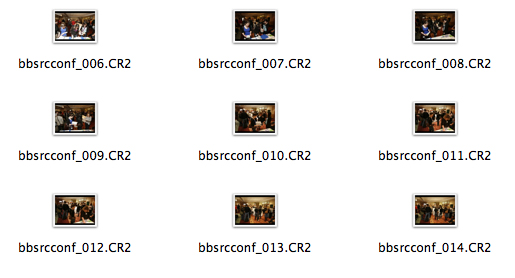RAW – Not just a noise a lion makes.
Welcome back to my blog, and to this series of articles which I hope will help you understand some of the technical stuff relating to digital photography.
In the previous article I explained in basic terms what a jpeg is, why it’s a good thing, and why every home should have one. I also mentioned RAW, which is the subject of this article.
“What,” I hear you cry, “is a raw file?” Well if you’re sitting comfortably, I’ll tell you.
In the simplest terms, a raw file is the digital image file a camera creates before it converts it into a jpeg. All cameras start by creating a raw picture file every time you take a photo, it’s just that only professional and higher-end amateur cameras allow the photographer access to any kind of raw file to play with. The rest simply use the camera’s onboard computer to quickly turn the picture files into jpegs, and of course you never see this process.
Different makes of camera produce different forms of raw file. Canon use formats with names like “.CR2”, while Nikon has the “.NEF” file format. These files need to be run through special software in order to be able to make adjustments and then save the files in more commonly readable formats such as jpeg.
Which seems a lot of trouble to go to when your camera can produce a jpeg automatically. However, there is a reason why raw files are useful, and why I always shoot using the RAW format setting of my camera.
Raw files contain far more picture information than jpegs. More colour, more pixels, more highlight and shadow detail and no compression (explained in the jpeg article). This means I start with a higher-quality file to work from, and a higher quality file delivered to my client.
Even among some photographers working as professionals there is some confusion about what constitutes a raw file, and it’s worth checking with the photographer you’re looking to work with if they’re shooting RAW or jpeg. If they start talking about “raw jpegs”, run. Run like the wind and don’t look back. There is no such thing as a raw jpeg. A jpeg straight off the back of a camera can be fine for non-professional work, or for editorial where turnaround speed is of the essence, but for anything else, it’s best to start with a RAW file.
I’ve tried to give a decent, overall explanation of RAW, but as with all these articles, if you’d like to know more, do please get in touch or comment here.
My next article will explain file sizes, picture resolution, and how to bake a perfect meringue.


I was hoping to see you address the benefits of RAW formats and possibly touch on the fact that there are various Software packages available to convert raw files whether it be the camera manufacturer, or third parties such as Adobe or my personal preference Phase One’s Capture One.
For those wondering why use RAW rather than bitmap format such as jpg or tiff – the answer is that RAW allows for adjustments to the algorithm that interprets the RAW captured data meaning that you can tweak the outputted jpg results from the camera without incurring a loss of data – whereas making any adjustments to a bitmap format by nature changes existing pixel data resulting in an unavoidable change and subsequent loss of detail (whether major or minor)
This is a bit confusing but you must get it clear in your mind that a RAW file is not an image yet – it is the uninterpreted data captured by the sensor of your camera – processing RAW manually allows you to alter the rules that create the original image not alter the image – meaning the resulting image is created from the complete data set captured.
Hi Brian,
Thank you for taking the time to comment, I appreciate that a lot.
There are a couple of reasons I didn’t go into too much detail. First of all, you’ll see from the previous article that I’m starting with absolute basics. The previous article aimed to enlighten people who might not even understand what a jpeg is, or might only understand it in the vaguest of terms. This article is aimed at those who have never heard of RAW, and is a result of me having to explain it to clients quite often.
Secondly, and I’ll be brutally honest here, I think there are much better qualified people than I who can explain the different RAW converters and give better explanations of the algorithms and “root level” physics of what’s happening to an image file when adjustments are made. I’m sure in future articles I’ll touch on the various aspects, but I do like to keep the articles to a length that the layman can cope with. It’s hard to keep it fun while talking about RAW converters, histograms and bit levels, but in good time I hope to deal with all these subjects.
I hope I’ve managed to explain the benefits of RAW to some extent, but I’m sure I’ll bring it up again when I do my article on post production.
You never know, I might even get in touch with you when I need more in-depth information on similar topics, if you’d be happy to help.
Best wishes for 2010!
Tim